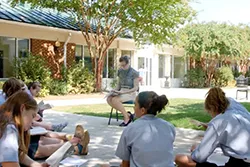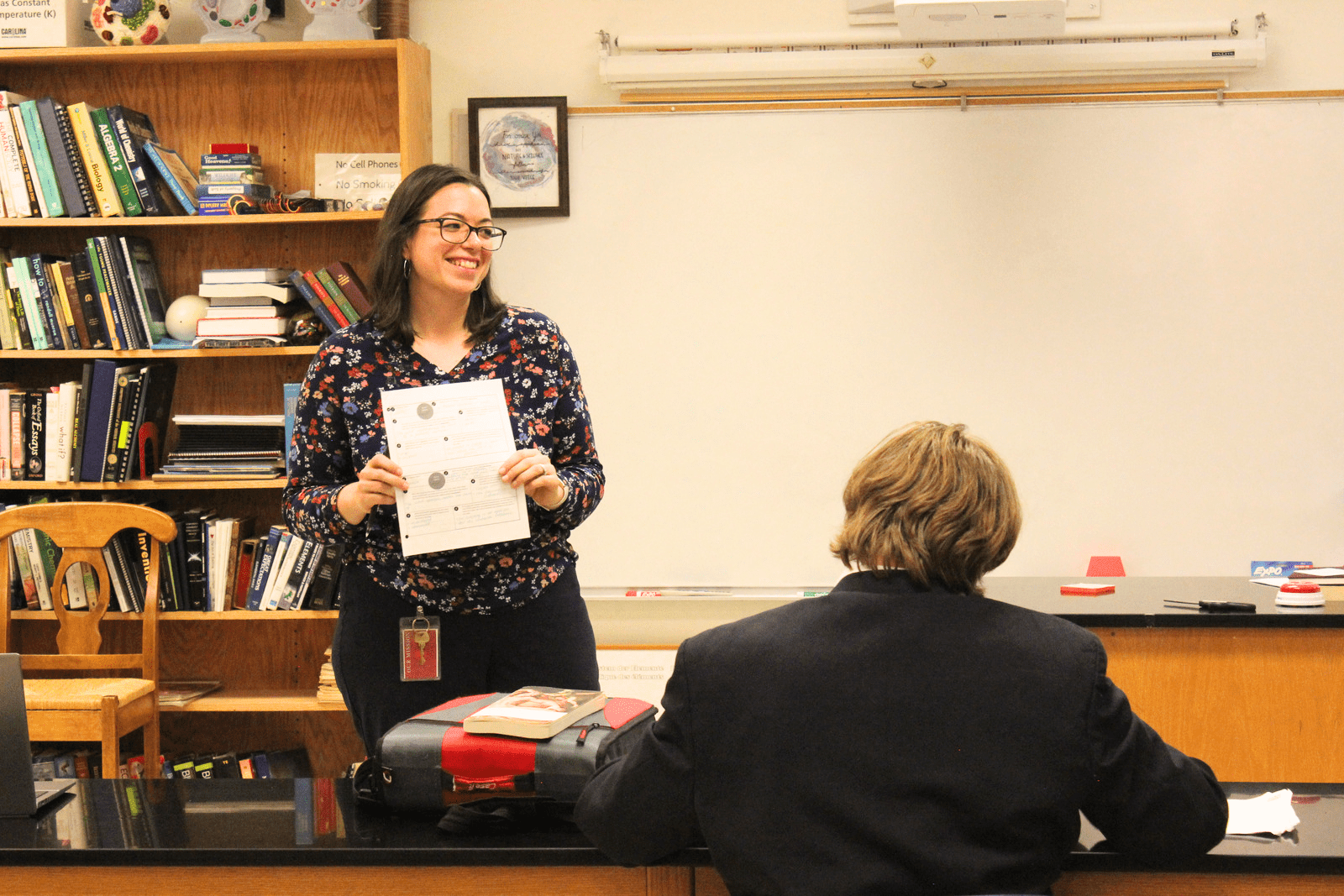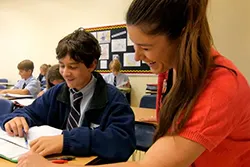It’s predictable and it happens every year. Our friends at Independent School Management (ISM) have studied and documented it. February and March tend to be hard months for students, teachers, and parents alike.
The trend goes this way: In late August and September, spirits are high as students rejoin friends at school after a long summer. Teachers are enthusiastic about their new classes. Parents are glad the kids are finally back in school after the break. Students have a burst of success and grades are stable as first quarter academics contain a good bit of review. As the fall stretches on, the air turns crisp, Fall Break makes for a nice breather, and Thanksgiving is in view. It really doesn’t hurt that some Christmas decorations go up early; it’s a reminder that we can give it rest in a few short weeks. Ah, school is good through Christmas.
Then it happens. The weather turns gray for a few weeks, but the sky won’t snow and the sun won’t shine. Little things that don’t normally bother us set us off irrationally. Spring Break isn’t around the corner. This is the time of year when classes are in the swing of new material and even good students begin to fatigue with the rigor and pace of an academic program. ISM’s research shows that the patience of everyone involved in the educational project – teachers, students, and their parents – tends to fray. Rigor gives way to mortis. Just about the time you start wondering if it’s all worth it, the school office invites you re-enroll, write another check, and get those TAP apps done on time. Ugh.
If your student is beginning to struggle a bit, or if any of the above resonates with you, here’s how to adjust. First, realize that all your teachers are aware of everything I have just described. We know this part of the year is the “cranky” time, and we actually talk about it in faculty meetings! Your teachers know that students sometimes need extra support, as everything from book reports to senior theses come due. Administrators know that teachers need extra support, too.
Second, take advantage of your teacher’s Office Hours if offered. Middle School teachers, for example, will stay after school on certain days for an extra hour or so to accommodate students who will drop by, but you have to plan for it. Find out the day and time and tell your student you’ll pick them up afterward. For younger students through middle school, take advantage of Homework Helper. Sure, there’s a small fee, but for students who are struggling, it’s an inexpensive way to get homework done after school under the supervision of a faculty member.
Third, check your child’s Monday folder or RenWeb to be sure you see long-range assignments on the horizon. Students benefit from parents who help them pace their work in manageable “bites,” so that assignments don’t pile up. A child will not do his best on a book report two days before it’s due (especially if he hasn’t read the book). Personally, I make my son read a couple chapters each day and write down three or four facts from each chapter right then and there. Trying to remember what happened in the book ten days later won’t cut it.
Third, make sure your child gets exercise. When it’s cold outside and the days are short, kids get short-changed and they don’t play enough. We try to compensate for that in PE and recess, but youngsters benefit from riding bikes and running around outside.
Finally, don’t get discouraged if your child doesn’t score the same grades you saw in October. Teachers are teaching new material in earnest. It’s okay if your child doesn’t make straight A’s. A little struggle is normal, and in my opinion, healthy. Just know that your teachers understand that the winter months are typically a time when student performance and attitude can suffer. Together, we need not let rigor turn into mortis.





























